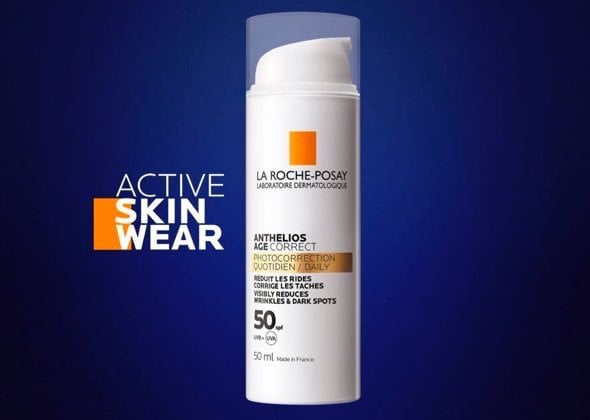THE ROLE OF THE MICROBIOME
IN ATOPIC ECZEMA-PRONESKIN
Over and above dryness, atopy and the itch-scratch cycle, new research has revealed an unexpected factor involved in atopic eczema: skin’s “microbiome”. Skin’s microbiome is the sum of micro-organisms (think of them as friends, not critters!) living at its surface.
Did you know? On healthy skin, the microbiome is like a tropical rainforest: flourishing with diversity. While on atopic eczema-prones kin, this diversity is depleted, and the microbiome is unbalanced.
This fascinating finding is opening the doors to a new era of prebiotic cares for atopic eczema-prone skin, which make use of the unique prebiotic properties of thermal water.
Is it possible to prevent eczema? Yes and no. Many of the factors involved in causing eczema aregenetic, such as a deficiency in skin’s surface barrier and the tendency towards atopy. Unprecedented clinical studies have yet recently demonstrated that using emollients as of the first three weeks of life reduces the risk of developing atopic eczema-prone skin of 50%.*
If atopic dermatitis or eczema runs in your family, you are more likely to develop eczema. But this is not to say that you can’t take action: with the right management, symptoms such as itching can be quickly minimised.
To care for atopic eczema-prone skin, use a soap substitute or Syndet in the shower and apply an emollient twice daily. These two steps will go a long way to preventing skin issues recurrence. You’ll find further, in-depth information about expert atopic eczema-prone skin solutions in the next subsection.
In the articles below, you’ll learn about very dry skin and how to take care of it and prevent it (plus an explanation on the difference between dry skin and eczema), plus information about other unexpected causes of atopic eczema such as pollution. We also provide an article to share with your atopic eczema-prone child with tips to avoid the itch-scratch cycle, and why an itch-defusing Stick could be your child’s new BFF!
*“Emollient enhancement of the skin barrier from birth offers effective atopic dermatitis prevention”, J ALLERGY CLIN IMMUNOL, VOLUME 134, NUMBER 4.








